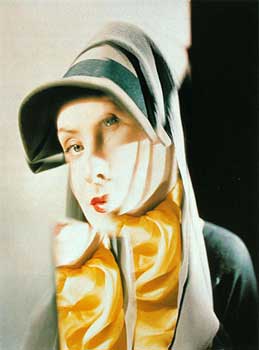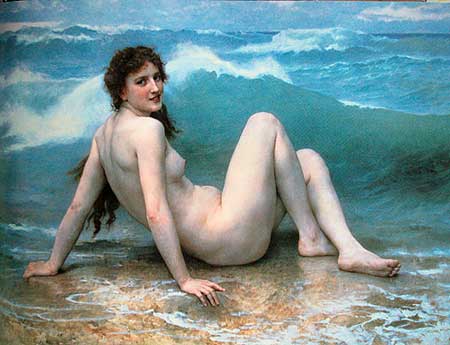Through the Magnifying Glass: Painters or Photographers?
by Doifel Videla
IV
- - - - - - - - - - - - -
THE CONCEPTUAL UNITY OF A HUNDRED-YEAR OLD DISCIPLINE
If painters had acknowledged the use of lenses and camera obscuras as soon as they started using them towards the beginning of the Renaissance, the Church might have expelled them from the painter's guild and the discipline would have received a different name. Perhaps something having to do with light, with optics and with drawing, maybe "light draftsmen", or simply "photographers". The history of photography would have made its official appearance in due time and the invention of film would have been interpreted as a modernization made possible by the Industrial Revolution, in the same way the telephone replaced the telegraph without losing sight of the concept of communication at a distance.
Nowadays, the abundance of declassified documents, the information that is shared on the net and the advances in computerized tools allow us to review historical interpretations more rigorously. With greater frequency we see that history has been colored by myths, omissions and constructed truths. One of these weak links is art, with its attachment to less than adequate scientific standards and the concentration of myths of a religious nature in which "beliefs" often replace understanding. Even though trying to examine facts rationally might not always be welcome—and might even be considered "heretical" or "insane"—it is worthwhile to side with those who have fought in the past for a clearer and less prejudiced view of things, a perspective that has allowed human beings to evolve and assume their own capabilities.
Today, as always, our appraisal of reality is mediated through our sense organs, which transform perception into data. More than ever before, the eyes have become our privileged sense organ and optical organization has become a universal language. Images created with the assistance of optical instruments populate the day-to-day life of big cities and exercise a decisive attraction on distant towns. The real key to the production of images—be they painted, printed or projected, still or moving—is found in the phenomenon of optical projection. An accurate understanding of this fact should lead us to create a branch specific to the arts uniting all the disciplines that fit the definition of "a recording of an optically projected image".
 |
|
Erwin
Blumenfeld. What Looks New,1947.
|
The only way we can move beyond the conceptual fragmentation surrounding the varied production of optically based images is to consider the phenomenon in its historical totality. This implies assimilating four centuries of "naturalist" painting, starting with Renaissance painters, as a direct precursor of photography and cinema. Only this global understanding can lead us to comprehend the mechanics of the evolution of the image and understand, for example, the implications of the adoption of the digital system of notation.
The fact that the optical image shares today the same coding system as graphic art, text and sound, poses several questions with regards to its future. Answers to these queries can only be advanced provided that we have a global vision of the historical dimension, the cycles and the general trend of the phenomenon. In a certain sense, the adoption of the digital system is placing the counters back to zero; we therefore need to understand what we mean by zero. Clarifying these questions would clearly be beyond the scope of this article and could well be the subject of another article. Let's leave these questions open, on the foundations we have just described and let's judge the fairness of this reasoning, trying to think differently for one moment. Perhaps the answer lies in what we had always intuited.
The horizon is wide open; let's move ahead.
Doifel Videla
 |
|
William-Adolphe
Bourguerau, La Vague, 1886. From David Hockney's book, p.
195.
|
You can send your comments to the author at: mail@doifel.com
OTHER ARTICLES AND LINKS OF INTEREST:
- Arts & Optics: Towards an evaluation of David Hockney's new theories regarding opticality in Western painting of the past 600 years
- THROUGH THE LOOKING GLASS Further adventures in opticality with David Hockney by Lawrence Weschler
- Discussion Forum of David Hockney's New Theories Regarding Opticality